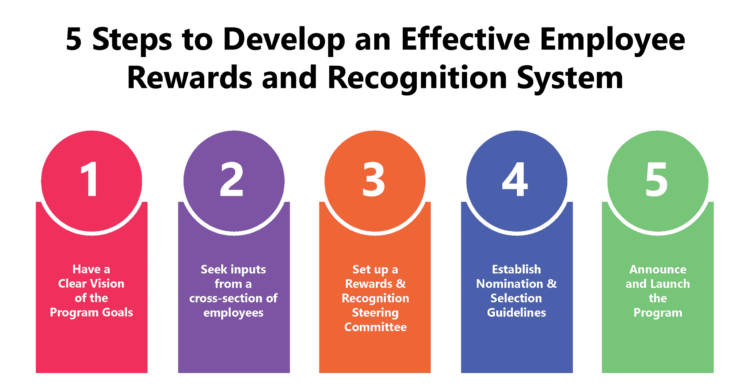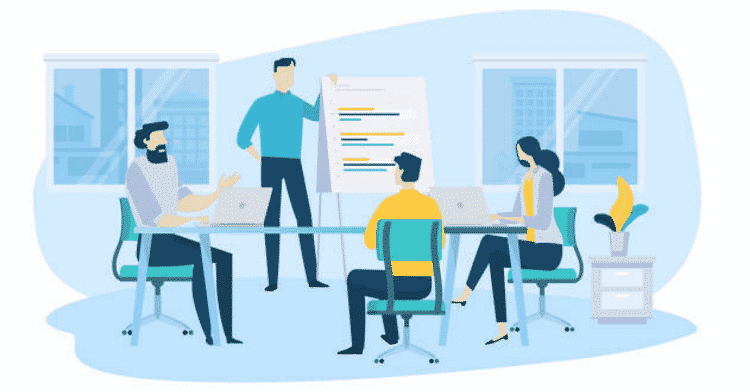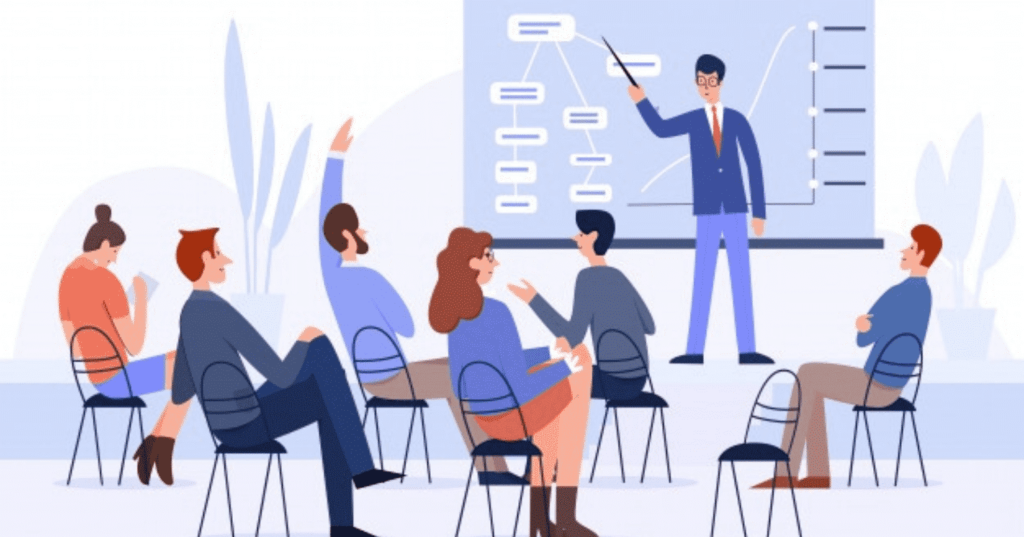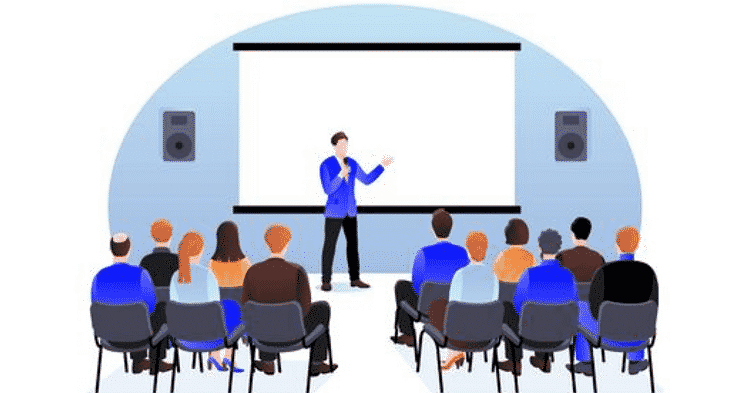1. An effective employee rewards and recognition system is crucial for maintaining high motivation and productivity levels.
2. Without such a program, employees may feel undervalued, leading to decreased engagement and productivity.
3. To develop an effective program, organizations should clearly define their goals, seek input from diverse employees, establish a steering committee, set transparent nomination and selection guidelines, and effectively communicate the program’s details before its launch.
4. Customizing these steps to fit the organization’s unique needs can maximize the program’s success.
The significance of employee appreciation and recognition in enhancing the satisfaction and motivation levels of the workforce is well-known. Even smaller organizations can implement employee and recognition rewards systems with minimal budgets.
Frequent appreciation and rewards for good work drive most employees to work with high dedication and effectiveness.
However, when an organization fails to establish a proper rewards and recognition program for its employees, it unwittingly sends a wrong message to its existing as well as potential employees.

They also start to feel unsure about their value in the organization and the professional growth opportunities available to them there.
Most importantly, a lack of appreciation for good work, ideas, and efforts can lead to a loss of interest in their work.
Hence, this reduces employee engagement levels, resulting in a significant decline in productivity.
Given the pitfalls of not having an employee rewards program, let’s look at five easy steps for the development of such a program:
1. Have a Clear Vision of the Program Goals
2. Seek Input from a Cross-section of Employees
3. Set up a Rewards and Recognition Steering Committee
4. Establish Nomination and Selection Guidelines
5. Announce and Launch the Program


Before starting the rewards and recognition program, organizations should have a clear understanding of the objectives of the program.
They should have a good idea of the business benefits expected from the program, apart from boosting employee morale.
Additionally, they need to know the values and behaviors they intend to reinforce among employees through the recognition program.
Hence, a clear vision of program goals and communication with employees can help establish a strong base for success.

Once the objectives of the program have been defined, organizations should seek input from employees across different levels and departments.
Organizations should incorporate employees’ suggestions regarding the types of recognition, eligibility, and process in a suitable manner.
Hence, this helps establish trust among employees and makes them feel integral to the program.
It also lends greater credibility to the system in their eyes if their views and opinions are taken into consideration.

Setting up a committee for running and managing the rewards and recognition program is of utmost importance.
So, it ensures fairness and transparency with proper representation from all stakeholders.
The committee can also handle the details, including organizing regular reward functions and determining the best rewards.

Setting up proper guidelines for eligibility and selection of award recipients is the next important step.
Hence, HR needs to work closely with the committee to ensure that sufficient opportunities exist for all employees to receive recognition.
Rewards can be categorized in different ways to ensure fair opportunities for employees across all organizational levels.

Before the program launches, the organization should inform employees of the objectives, eligibility criteria, and selection process.
Hence, they should send an email detailing the various aspects of the program to all employees.
Additionally, the rewards committee should address any queries to foster employee interest, confidence, and participation in the program.
Most great employee reward and recognition systems are not established overnight but these basic steps can help them to move in the right direction towards success.
These steps should be customized according to the unique requirements of individual organizations to maximize benefits.

Lead author: Sagar Chaudhuri, the Co-Founder and CEO of HiFives. He is an HR Tech Evangelist with over 25 years of experience in both corporate and entrepreneurial settings. Previously, Sagar has held leadership roles with companies such as Genpact, Infosys, and ICICI Bank. He has an engineering degree from IIT Kharagpur and an MBA from IIM Lucknow. Connect on LinkedIn
To stay updated on the latest HiFives blogs, follow us on Twitter (@MyHiFives)